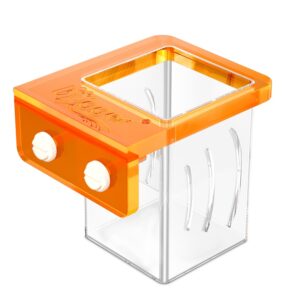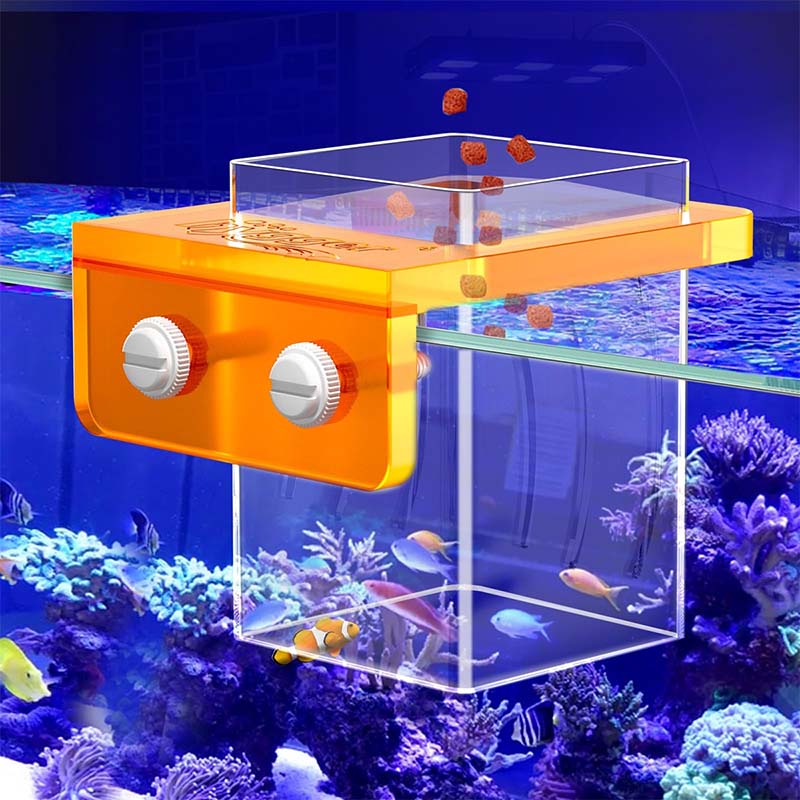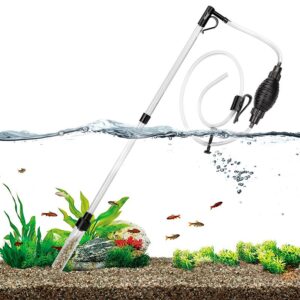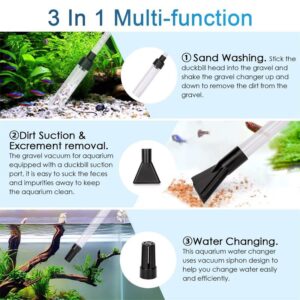Why Freshwater Fish With Red Worms in Their Gills
Red worms in fish tanks cause suffering among aqua pets. These worms affect breathing as they attack the fish’s gills. It can cause severe damage to your fish and even lead to fish mortality. Therefore, it’s necessary to keep them away from the tank to avoid damage. The nature of these red worms in fish tanks, their types, causes, cures, and many other aspects are discussed in the following.
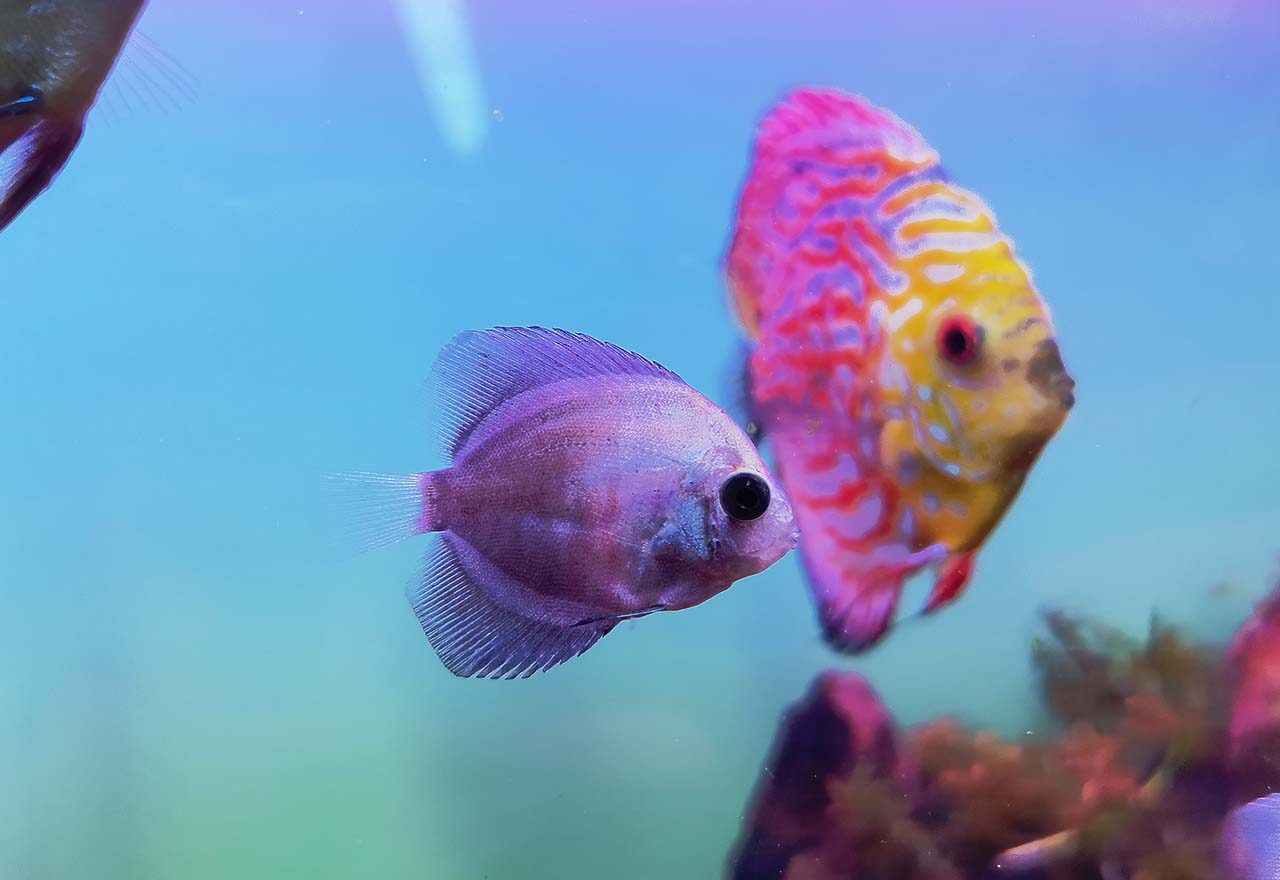
Why Are Red Worms in Fish Tank?
When someone talks about freshwater fish with red worms on their gills, it usually refers to the very contiguous Camallanus worms. These parasitic nematodes belong to Spirocamallanus spp. and live on the walls of the intestine. They suck the blood and badly affect the health of your aquarium’s fish.
Red Worm Life Cycle
Usually, a camallanus worm passes through three main phases.
- Male and female mate, the female lays eggs, and eggs come out of the fish’s body through feces.
- These molts infect some carriers, i.e., crustaceans.
- Some other fish consume this infected carrier.
Again, the cycle starts and it takes about 30 days to complete. Camallanus cotti doesn’t require some live carrier to complete its life cycle.
Types of Red Worms
Two types of Camallanus worms cause red worms in fish tanks. Here are the types of these worms.
- Camallanus cotti
This East Asian nematode parasite often causes red worms in freshwater fish gills. It’s one of the worst types for the tank, as it doesn’t rely on some live carrier to complete its life cycle. It directly affects the fish when fish eat the feces of some other diseased fish. Furthermore, it can also use plants, gravel, or aquarium equipment to be a part of any other tank. Livebearers, Catfish, Cichlids, and Rainbow fish often become victims of this parasite.
- Camallanus anabantis
Unlike the other type, it requires some live host, i.e., crustaceans, to complete its life cycle. These parasites affect Catfish, Eels, Barbs, and gouramis.
Causes
Several causes are behind the introduction of red worms in fish gills. Here are some of the reasons.
- Contaminated Live Food
Live food without proper inspection can cause the introduction of these red worms in fish gills because the crustaceans act as carriers of these worms.
- Instruments
Aquarium instruments also bring the red worms into fish gills. It comes into the tank when someone transfers the aquarium instruments, i.e., filters, from the contaminated fish tank without proper inspection and cleaning.
- Plants
Plants transferred from contaminated fish tanks also cause red worms in fish tanks.
- Decoration and Gravel
Disease-hosted tank gravel and decorations also cause this problem.
Catalytic Factors
Once your tank becomes a host of the disease, several factors act as a catalyst. These include the following ones.
| Overcrowding | Polluted water |
| Poor diet | Stress causing companions |
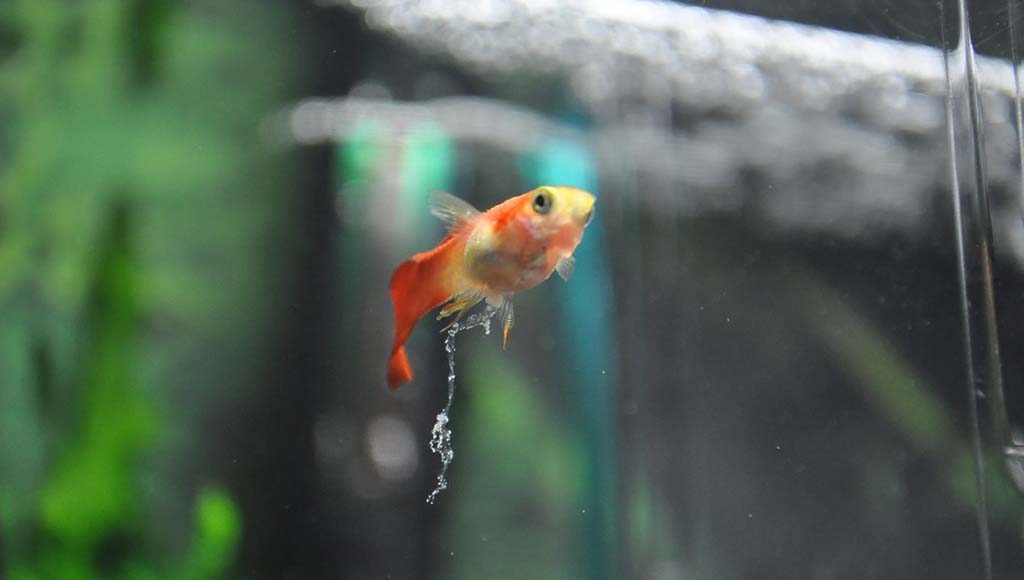
Infection With Red Worm Disease
There are two ways by which these parasites get their way into the tank.
Via Live Carrier
When crustaceans eat camallanus worms, and then supplied into the tank as a live food source. When fish eat these infected crustaceans, larvas find a way to reproduce them inside the fish’s body. After some time, you can see the visible signs of red worms on fish gills.
Without Live Carrier
Some specific types even don’t need a host. Sometimes, fish consume the larva’s infected feces, and the rest of the cycle begins. Even plants, gravel, or even equipment can carry these parasites.
Identification of the Red Worms in Fish Gills
It’s hard to inspect the red worms in fish gills at the early stages because they begin to affect the fish slowly. However, the following three main ways will help you to identify the red worms in fish.
Behavioral Changes
Behavioral changes will give you the first clue about the red worms in fish gills. There are several changes that you can feel.
| Increase in gill moment | Fish spend more time on the water’s surface due to gasping |
| Fish rub their body against the decorations, walls, and other objects | They began to lose their appetite and weight |
Visual Inspection
When the disease advances, then you can go for a visual inspection. Here are some physical changes that you can observe in your fish.
| Red or reddish-brown threads like double-mouth worms come out from the fish’s anal side. The usual length of these threads is between 0.6 to 1.3 cm | You can observe a swollen bally |
| They make holes in the fish gills, where you can see their colonies | Layers of muck coming out from the body |
Micoroscopic Inspection
It is the final way to identify the red worms in the fish tank. Take a piece of gill and put it under the microscope. You can see what’s going on. If you are unable to decide, take the help of a trained vet.
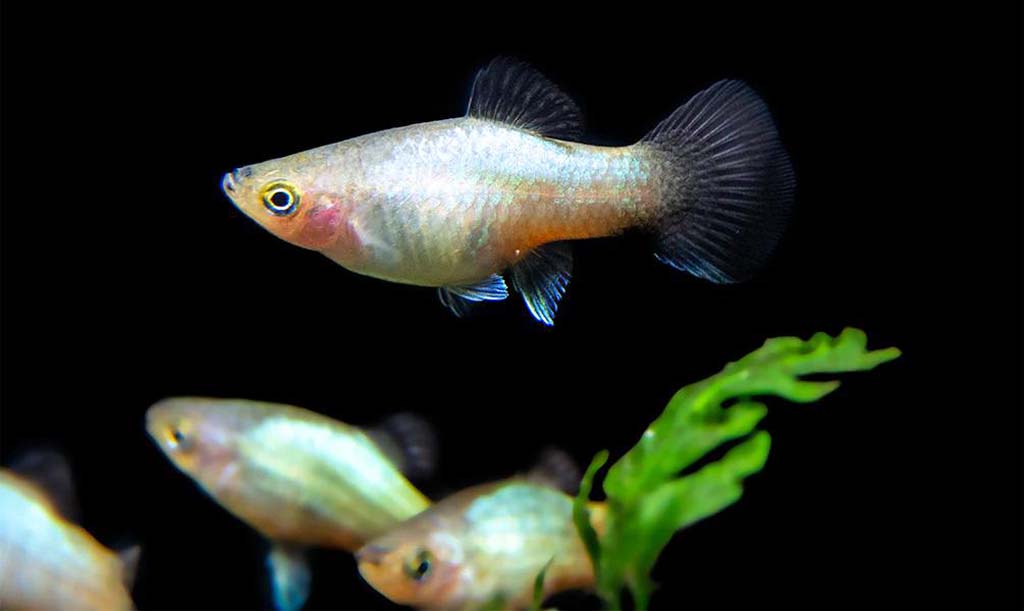
How to Get Rid of Red Worms in Fish Tank
Once you identify the disease, here is an effective way to get rid of red worms in aquariums.
Use Dewormer
Use a proper dose of dewormed food for one month. It’ll paralyze the red worms, and the paralyzed worms will come out through feces. Here are some antihelminthic medicines.
| Fenbendazole | Levamisole | Praziquantel |
Clean the Substrate
Use the siphon or some vacuum cleaner to clean feces from the substrate. You can also manually clean the tank’s substrate.
Water Change
Replace 25% of the tank’s water with fresh water daily.
Safety Measures to Avoid Red Worms in the Tank
Here are some precautions to keep your tank red worms free.
- Make the tank stress-free by avoiding overcrowding.
- Ensure the crustaceans are not contaminated with red worms. Keep the live food in the quarantine tank before feeding to your fish.
- Quarantine all instruments, gravel, and other tank accessories before installation.
- Provide your fish with a healthy and required quantity of food.
- Take proper care of your tank, i.e., regular cleaning, inspection, water change, etc.
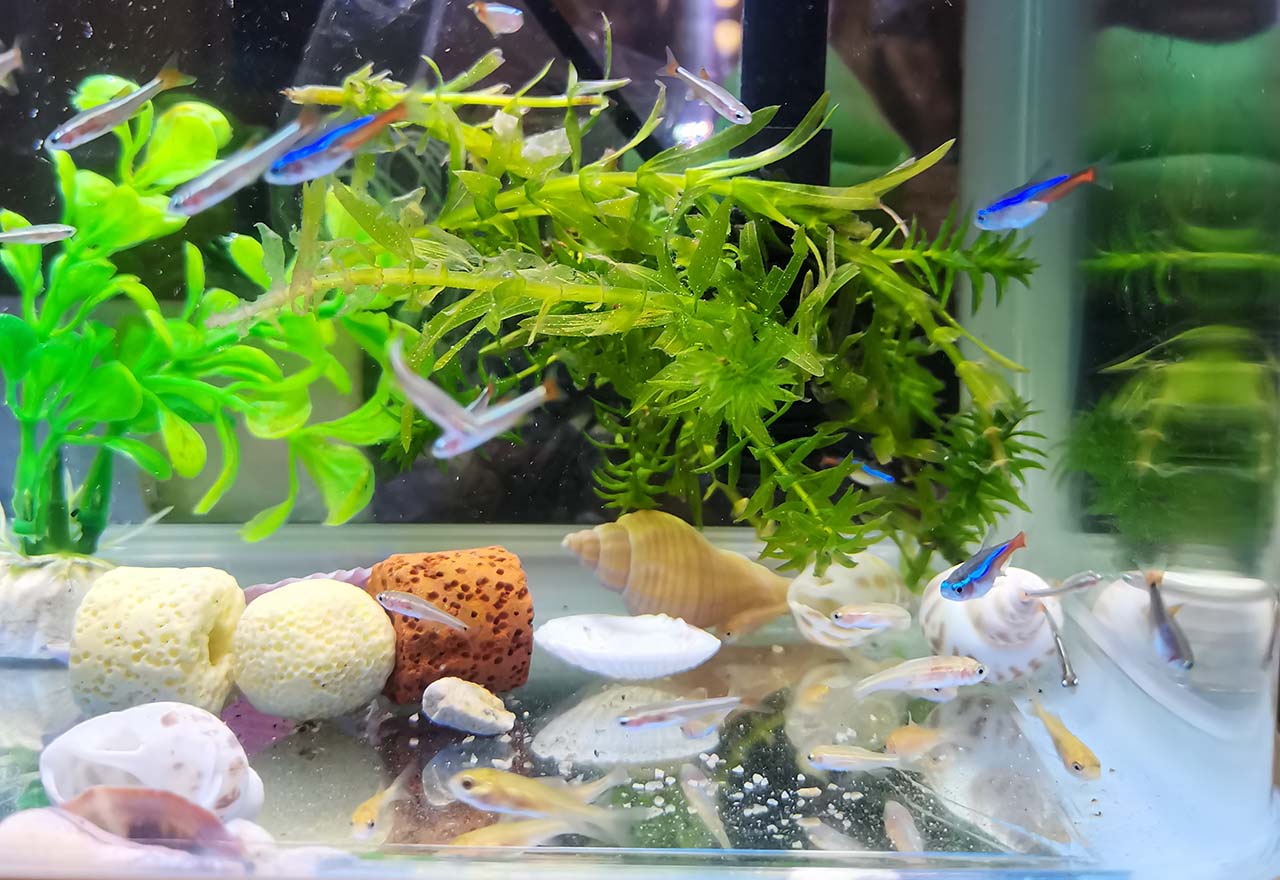
Key Takeaways
The main points discussed in the article are the following.
- Red worms are very contiguous Camallanus worms.
- They cause irritation, loss of appetite and weight, and gasp in fish by sucking the blood from the outer wall of the intestine.
- There are two types of these red worms, i.e., Camallanus cotti and Camallanus anabantis.
- Contaminated food, plants, decorations, fish, and gravel cause the red worms into the fish tank.
- Camallanus Cotti uses some live carriers, and the second type can come with decorations, plants, etc.
- You can identify the red worm in fish gills by behavioral changes, visual inspection, and microscopic inspection.
- To get rid of the red worm in the tank, use dewormed. Paralyzed worms will come out through feces. Clean the substrate and do a 25% daily water change.
- Be sure to adopt some safety measures to protect your tank from red worms.

